Do you maximise your outdoor spaces to foster your students’ social skills?
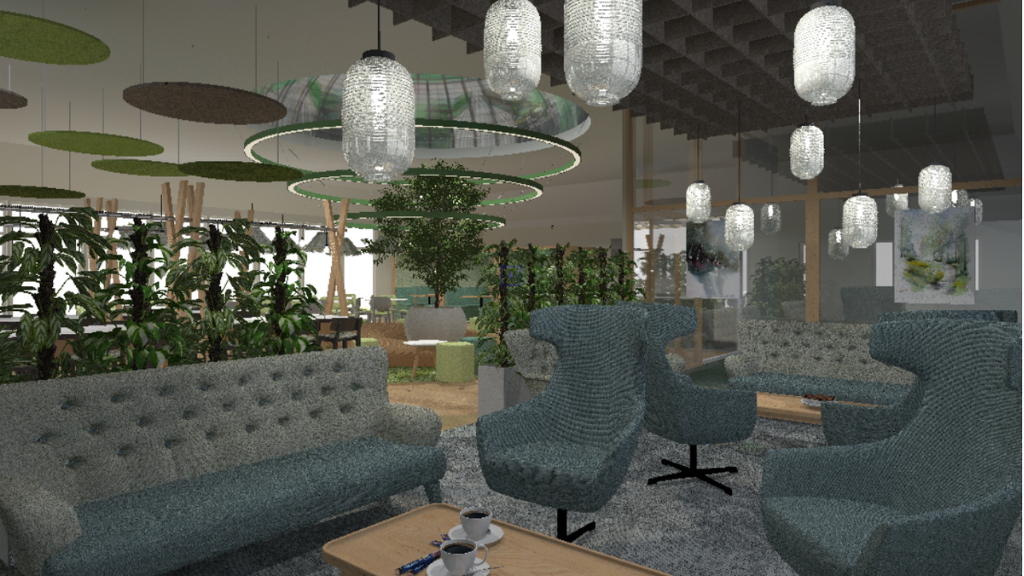
We have previously looked at how going outside the classroom helps students access a natural learning environment to support social skills and wellbeing. However, it may not be practical to leave your warm, dry learning environment and therefore we now look at how to bring nature inside to give students and staff access to the same health and positive mood benefits indoors, where they potentially spend significant amounts of time. Biophilic design is an innovative approach to building design which is particularly relevant in educational settings and that aims to support physical and emotional wellbeing, improve learning outcomes and enhance academic performance.
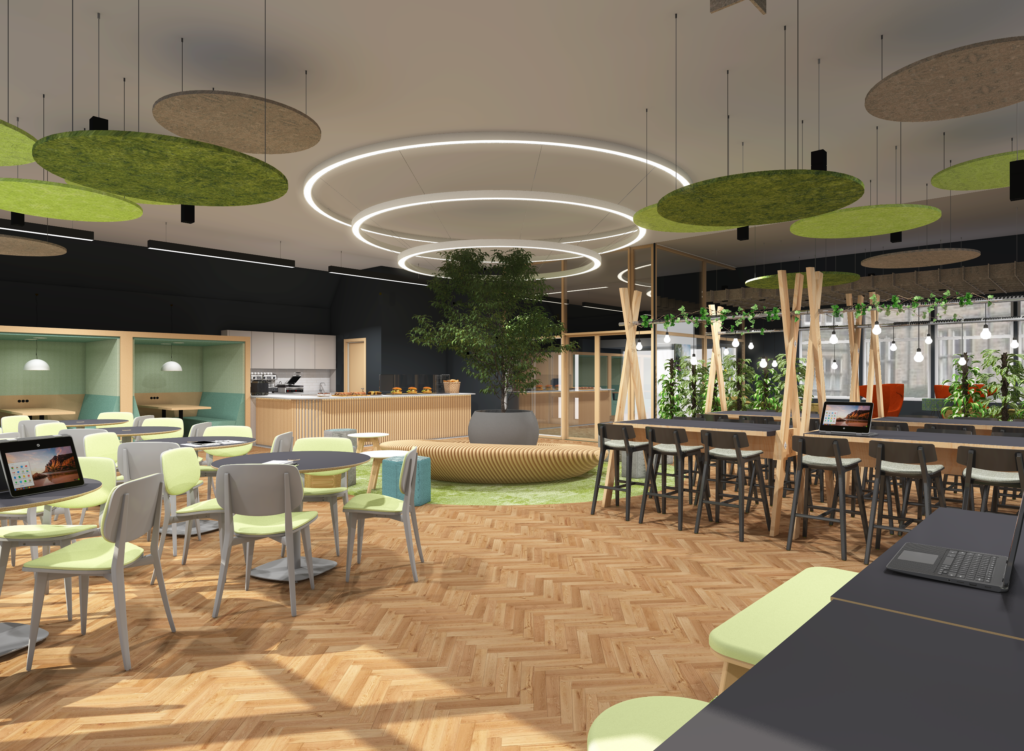
The Importance of Good Biophilic Lighting
Our recent designs for Putney High School for Girls put natural lighting – and easy access to it throughout, for example how we could mimic its ambient qualities (Kellert, 2018) – at the core of our ideas. Rather than harsh, often industrial monolith lighting seen in some learning environments (which causes major challenges for neuro-diverse students), we created a mottled effect to soften the light from a new roof light which picked up moving graphics with the changing light, and added warmer tones to celebrate inclusion and provide feelings of intimacy and trust..
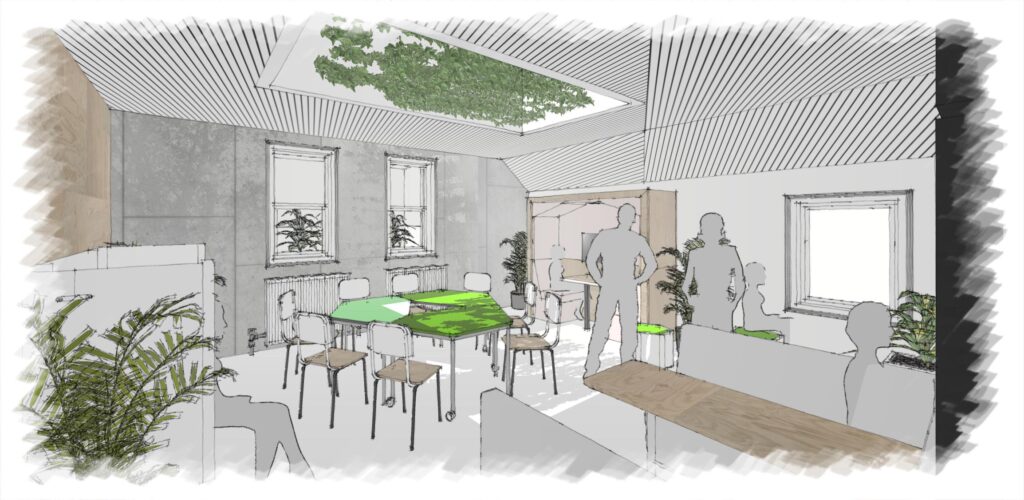
How can Biophilic Design Enhance Learning Environments in Independent Schools?
Successful learning is linked to feelings of confidence and comfort in the classroom. The simple visual contact of Biophilic design impacts positively on health and wellbeing (Grinde and Patil, 2009) and it is imperative that senior leaders of learning environments facilitate this for their students and staff.
Biophilic designs develop creativity and concentration and reduces stress and anxiety levels. Use natural materials throughout such as wood and stone for furniture and flooring – raise eco awareness and promote sustainability in your school from the top down. It is thought that when out in nature, our brains function on a level of ‘soft fascination’. After experiencing this mental pause our cognitive capacity increases (Kaplan & Kaplan, 1989, Kaplan, 1995). You can incorporate organic elements such as plants, light and water features such as fountains or aquariums which have a calming effect on students, leading to improved mental health and greater engagement and concentration within the class setting.y.
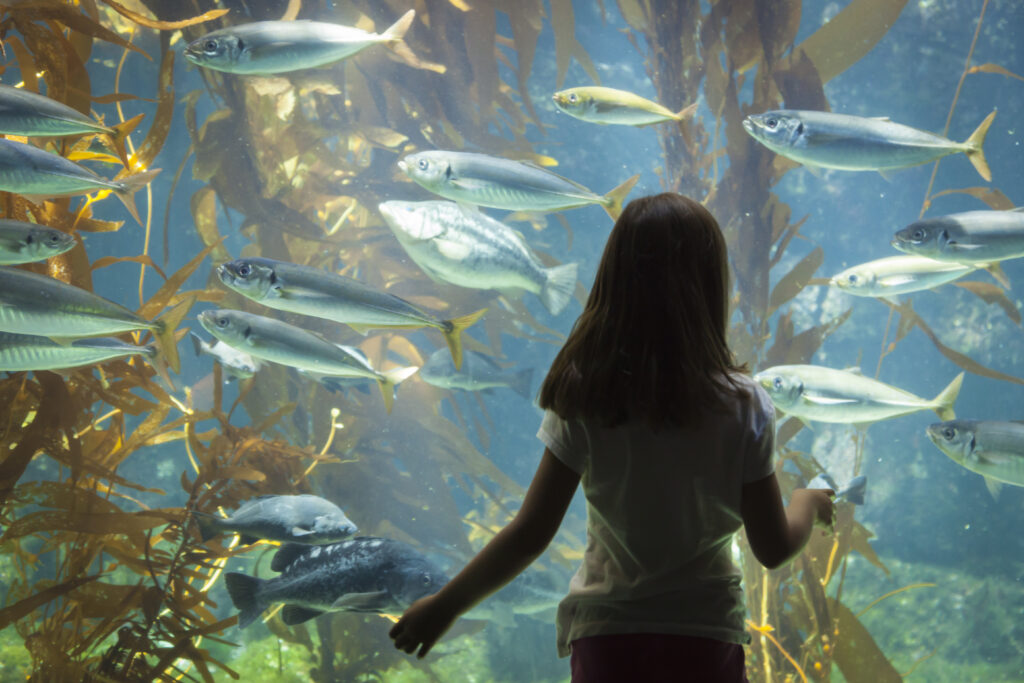
Adding Nature to the Curriculum
It’s not just around the classroom that students should be aware of the natural world. Build lessons into the curriculum based around plants and their impact on the environment; look at local wildlife and how students can take care of animals and insects. Look at introducing qualifications for students that feature learning about the environment or create links with local environmentally friendly companies so that your students can see the importance of nature outside their school and broaden their knowledge, understanding and educational achievements.
Our team of educational consultants at Noble and Eaton can advise your school how to maximise Biophilic designs to support to support student attainment, wellbeing and engagement.
Contact us to find out more.
References:
Kellert, S, (2018) Nature by Design: The Practice of Biophilic Design
(Grinde and Patil, 2009) Does Visual Contact with Nature Impact on Health and Well-Being?
Kaplan & Kaplan, 1989, Kaplan (1995) The restorative benefits of nature: Toward an integrative framework


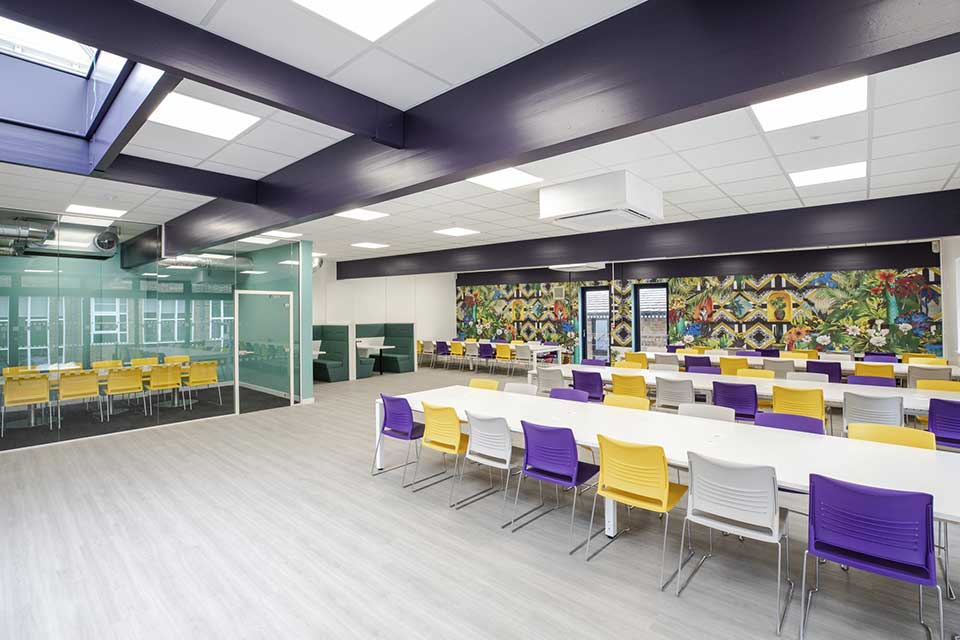

Leave a Reply